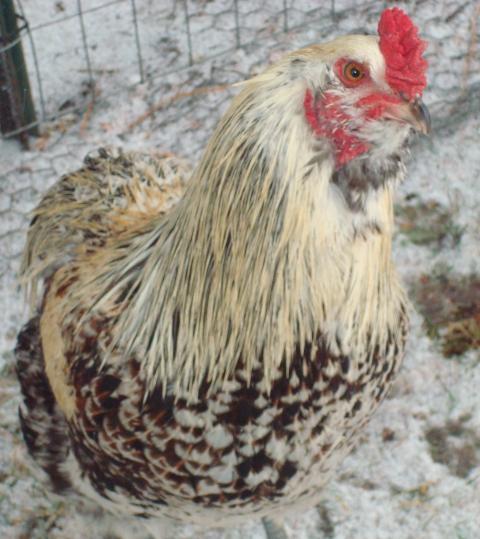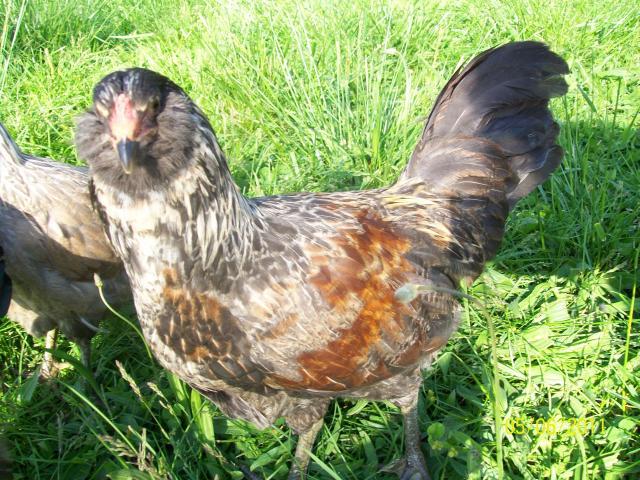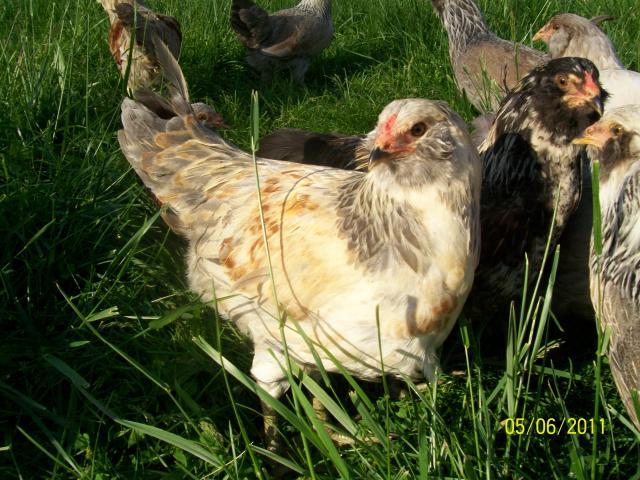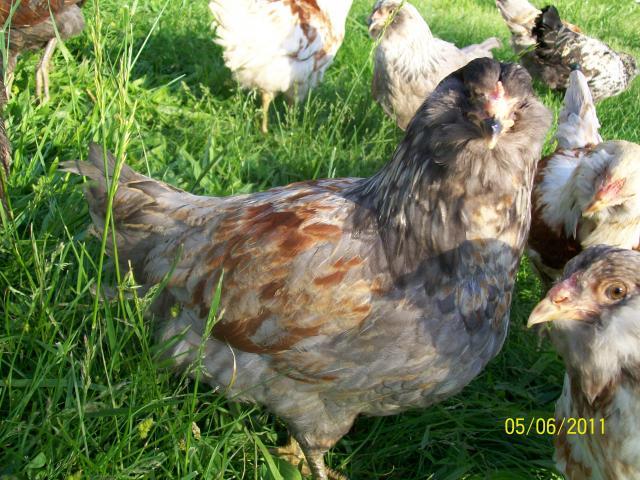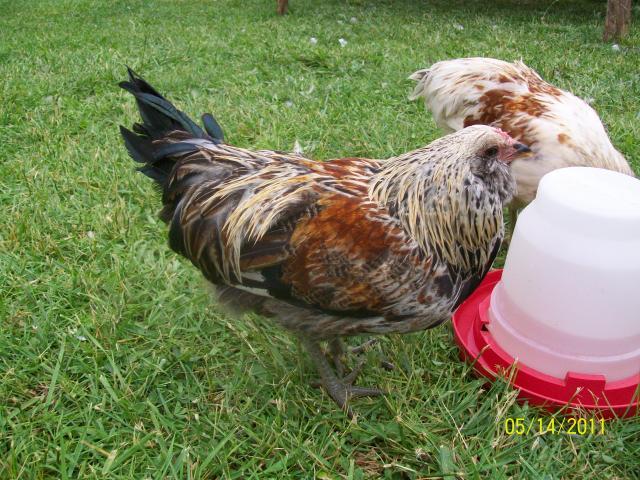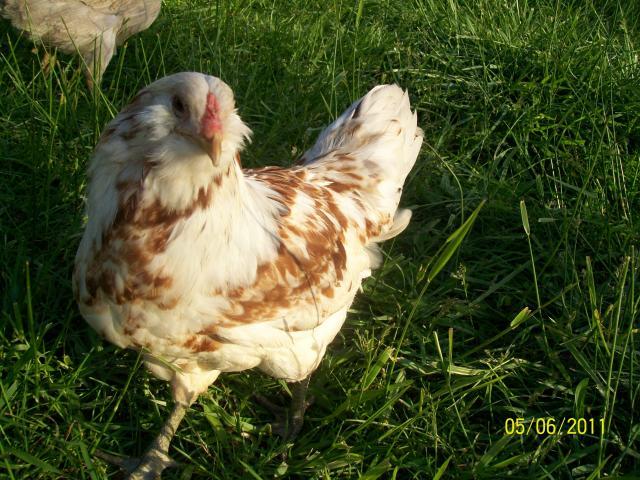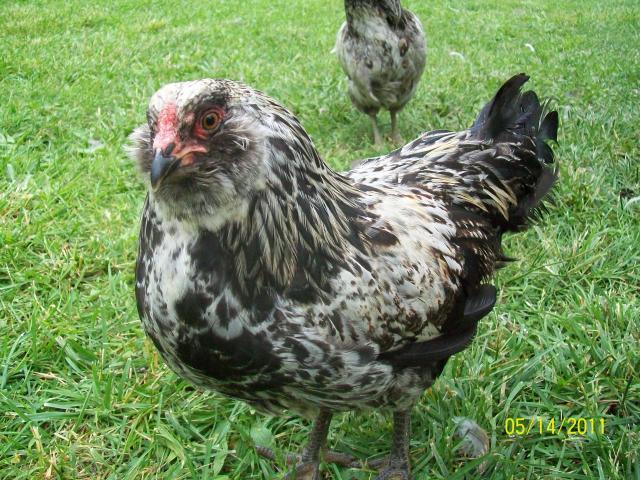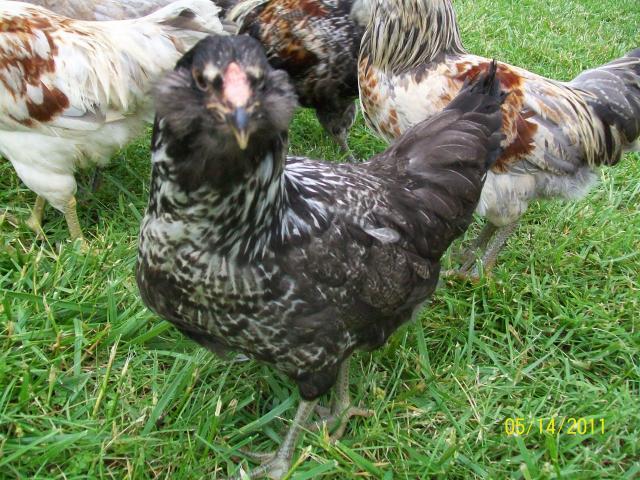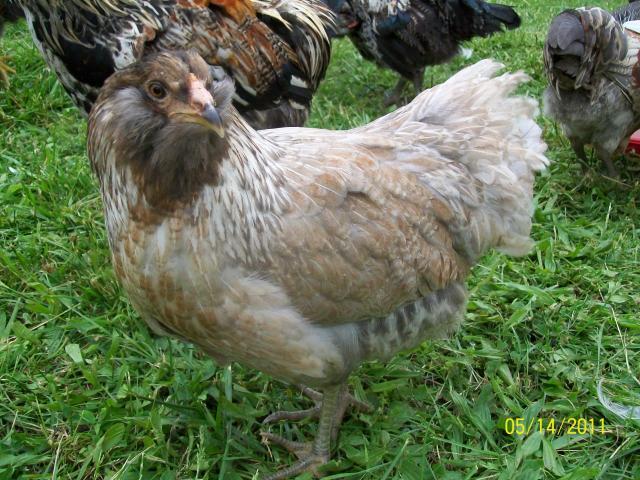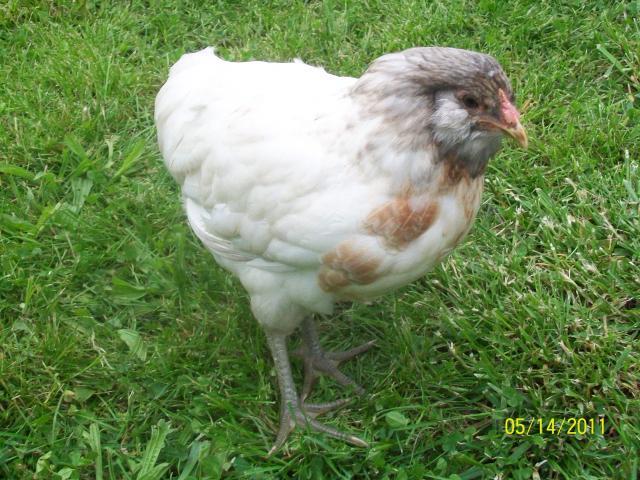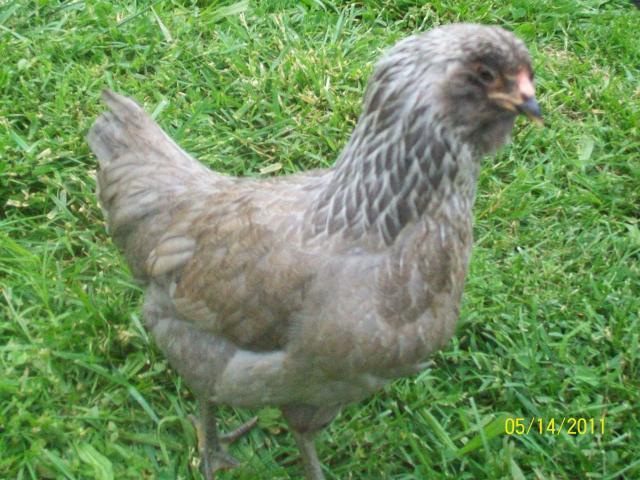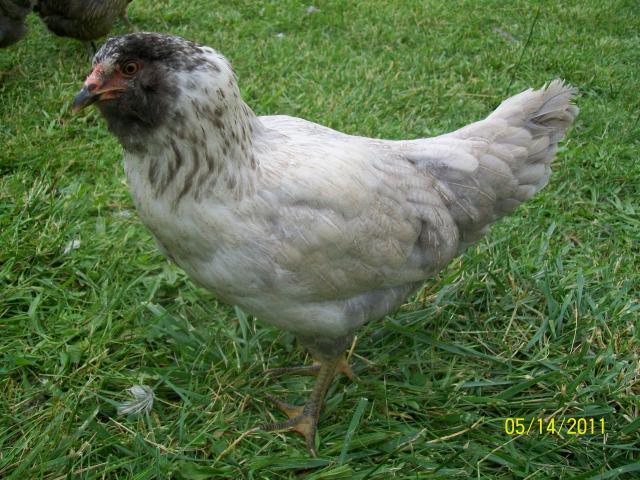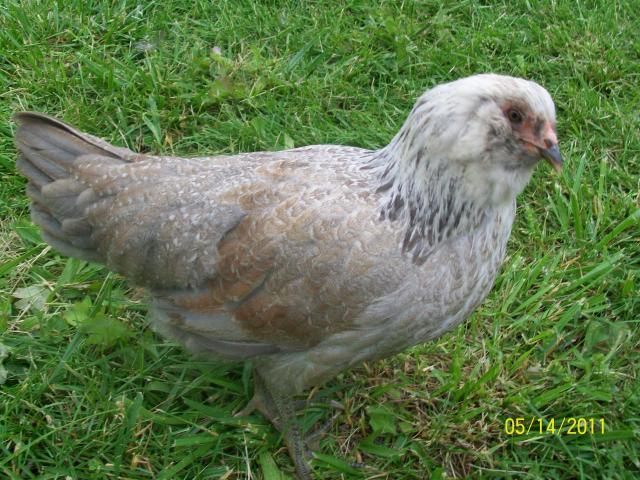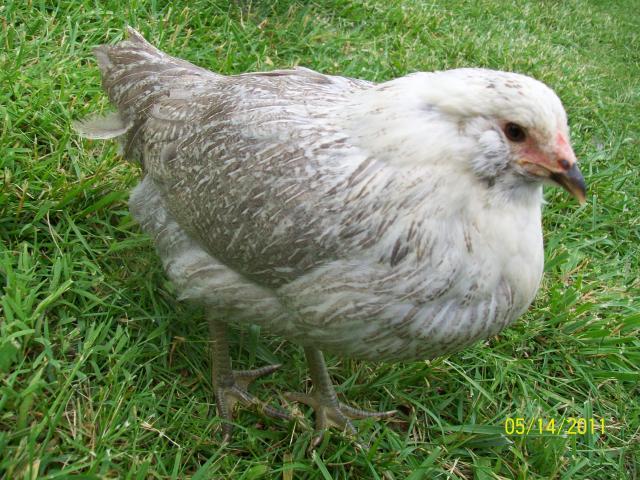Hello! I wanted to share a post regarding telltale signs you have an Easter Egger cockerel.
 This was only my experience, and I hope it helps somebody identify whether they have girls or boys. Basically this is not a for sure guide, just hopefully a helpful post.
This was only my experience, and I hope it helps somebody identify whether they have girls or boys. Basically this is not a for sure guide, just hopefully a helpful post.

I was able to tell my cockerel at around 4-6 weeks old, and here are a few pictures to help.
(Sulo's tail feathers are narrow and upright.)
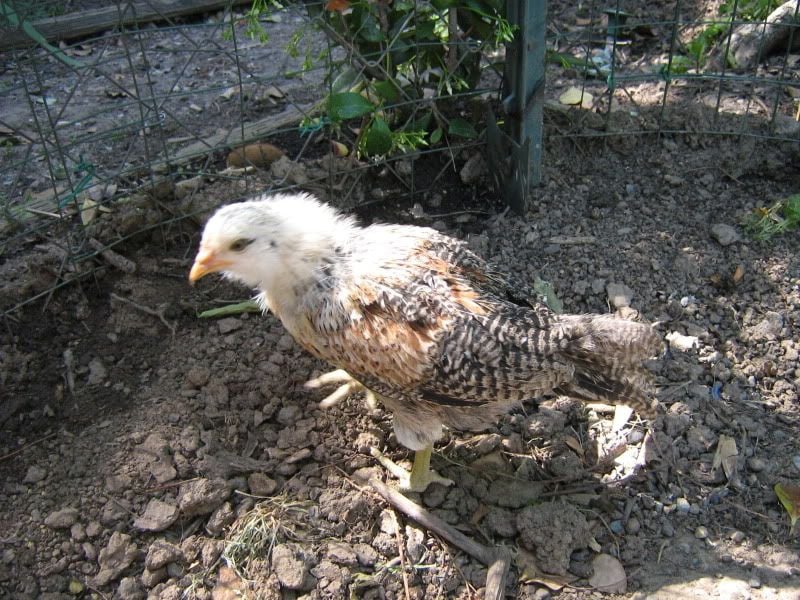
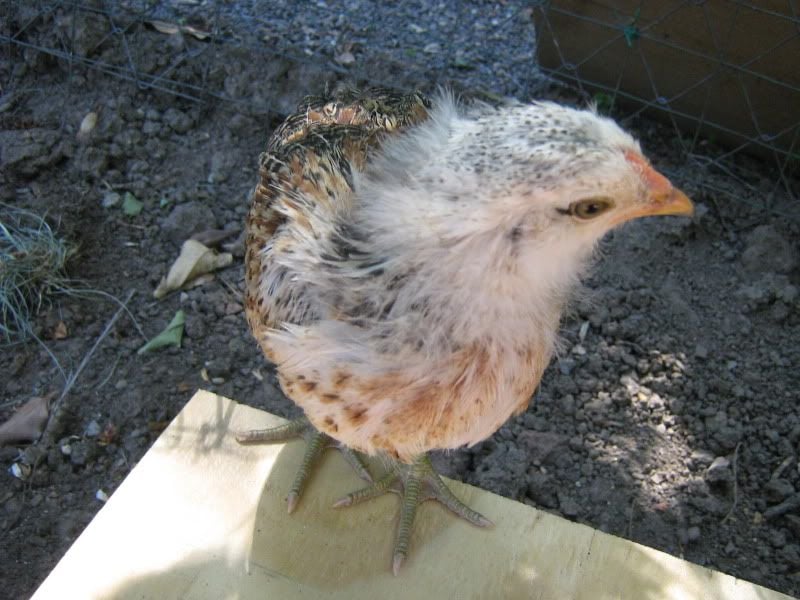
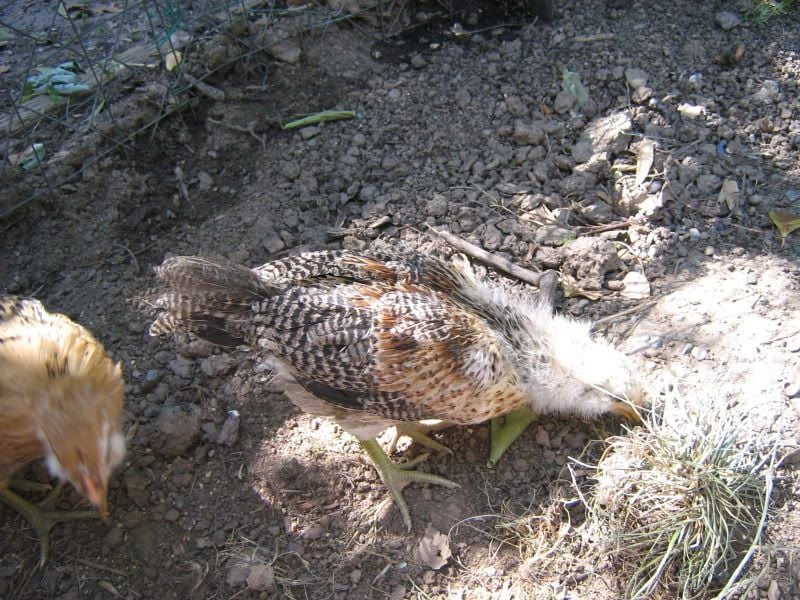
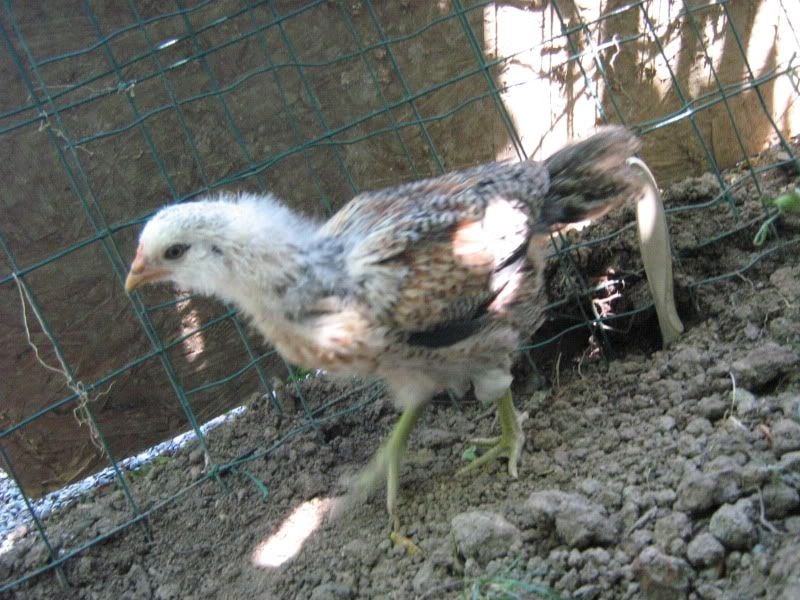
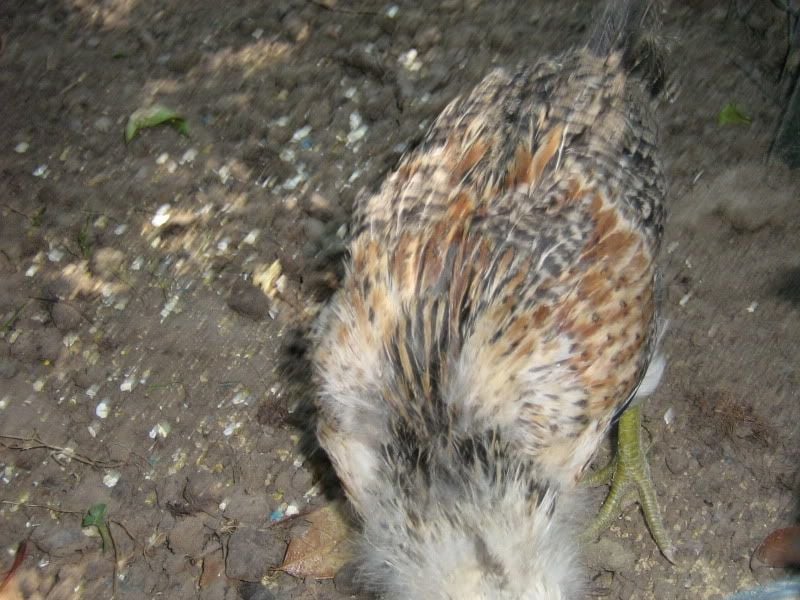
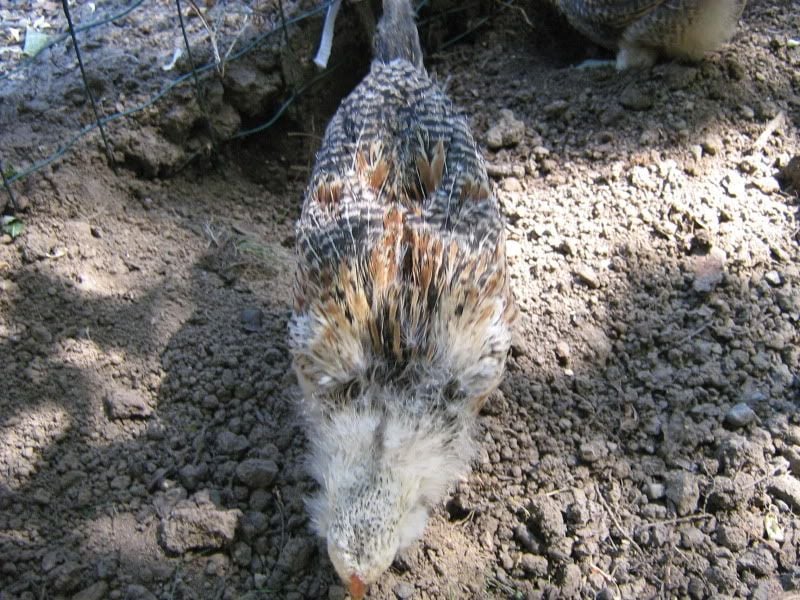
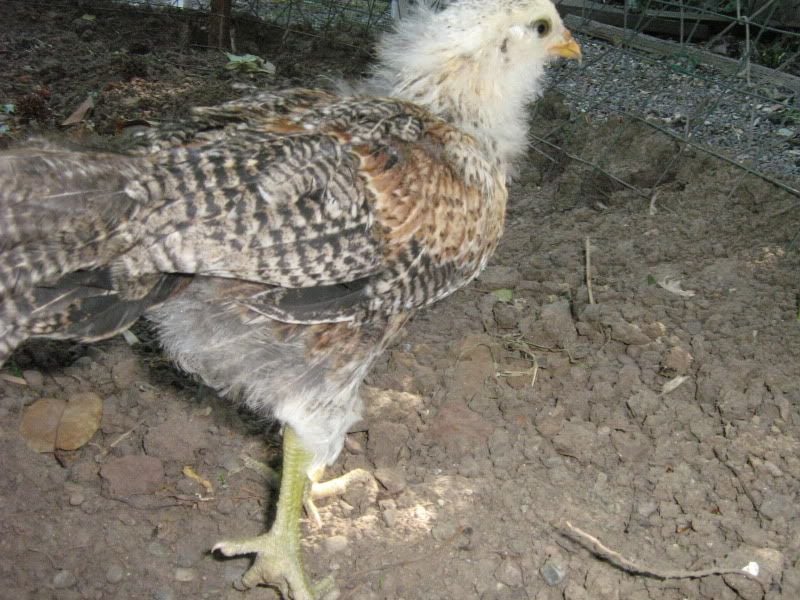
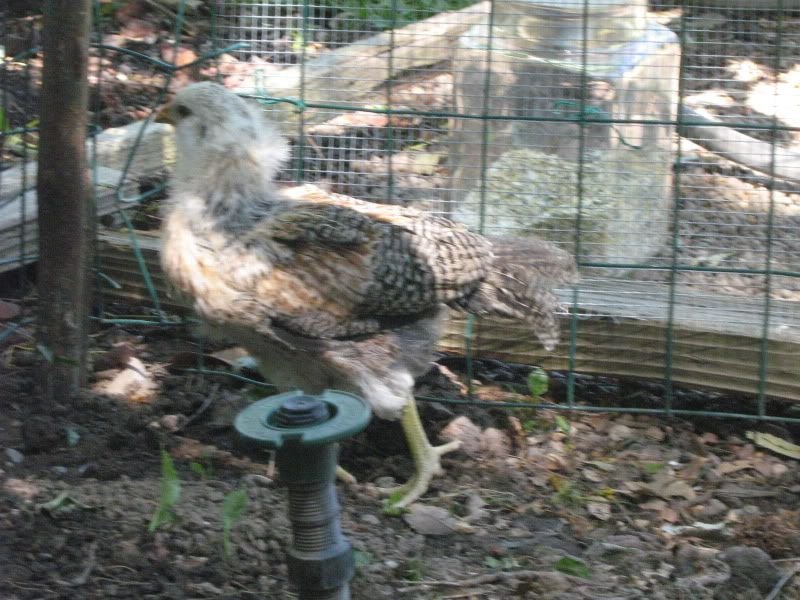
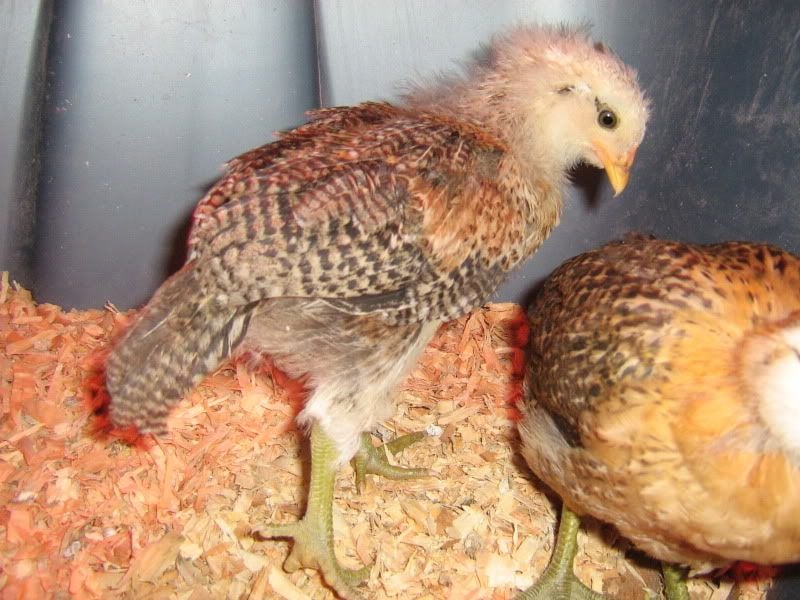
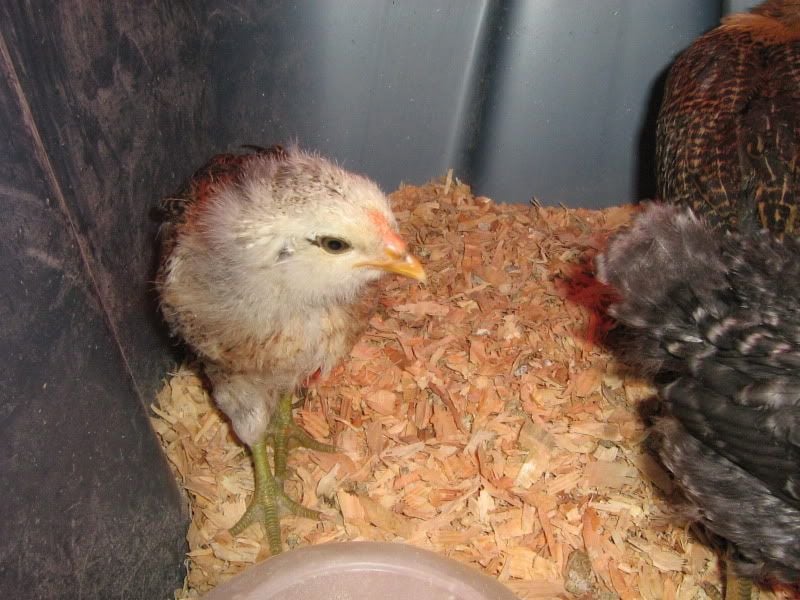
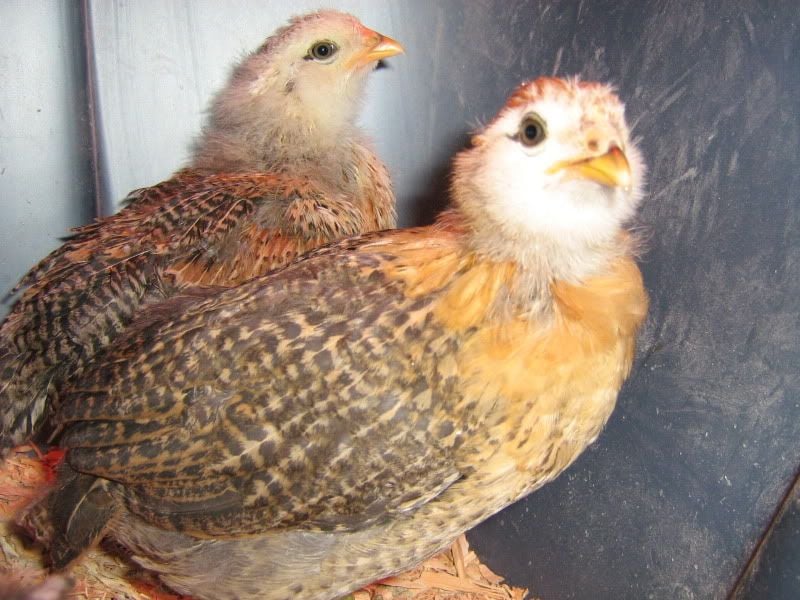
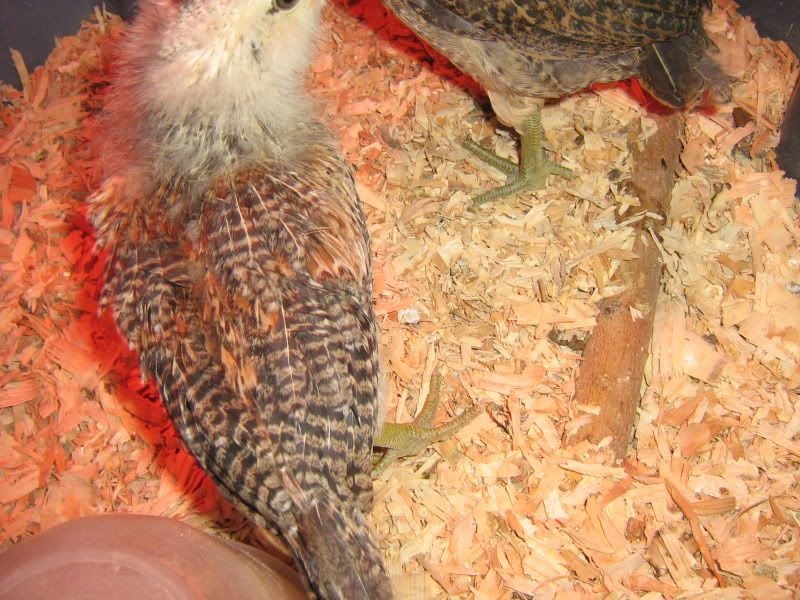
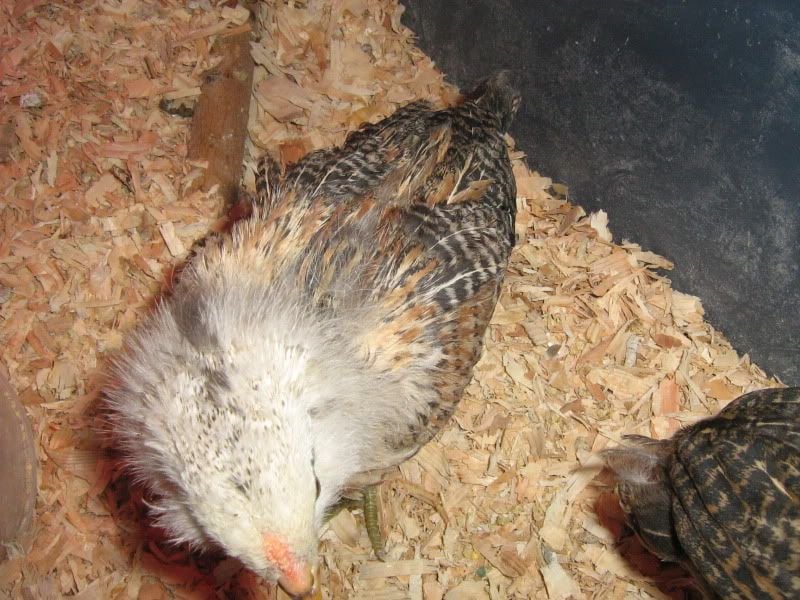
This is Munk an Easter Egger pullet to compare. Same age, but the feathering in is very different. Sulo's "big boy" feathers came in later then Munk's "big girl" feathers.
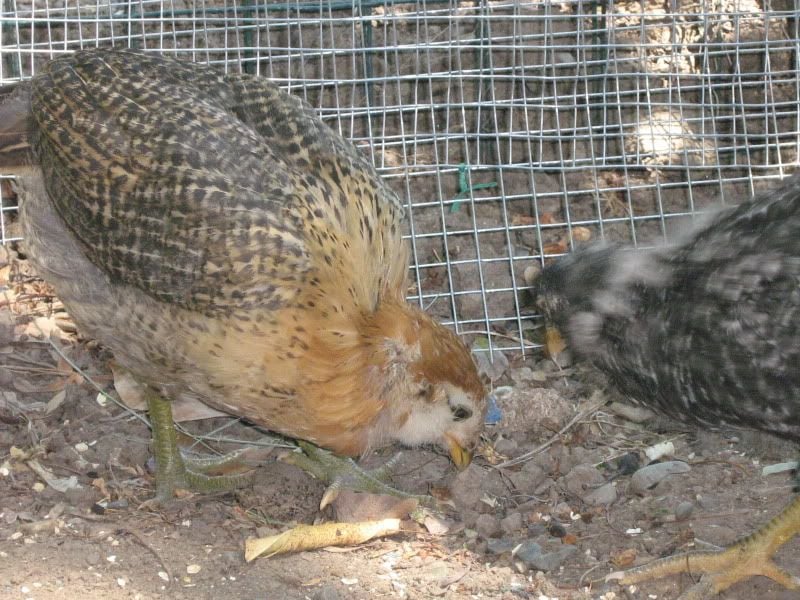
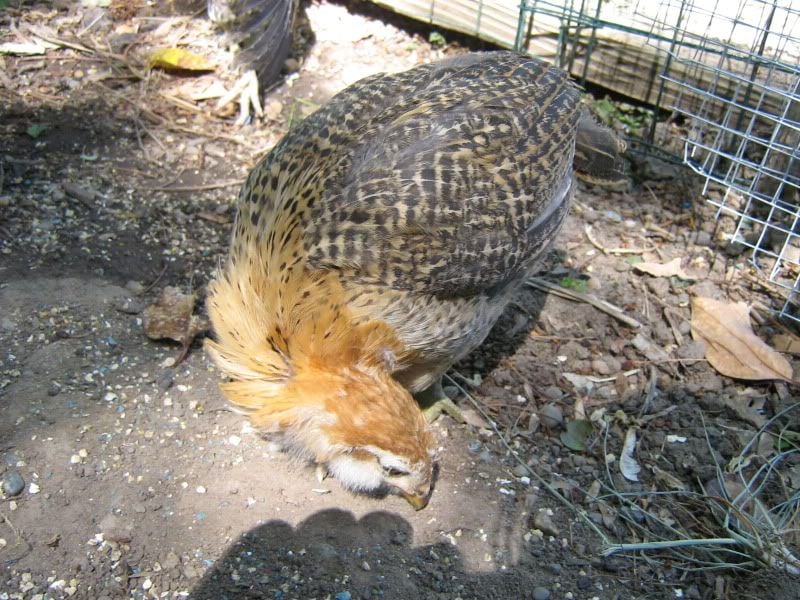
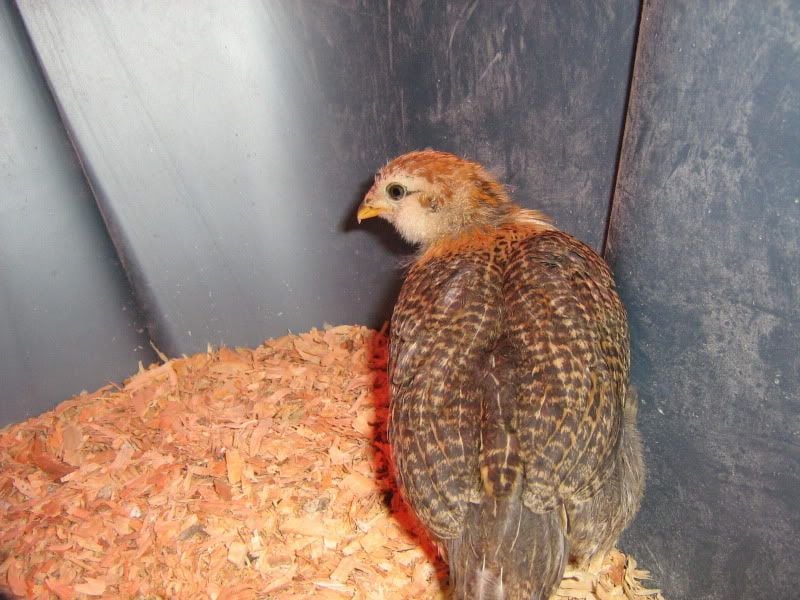
Sulo and Munk. (same breed/age just to see the difference)
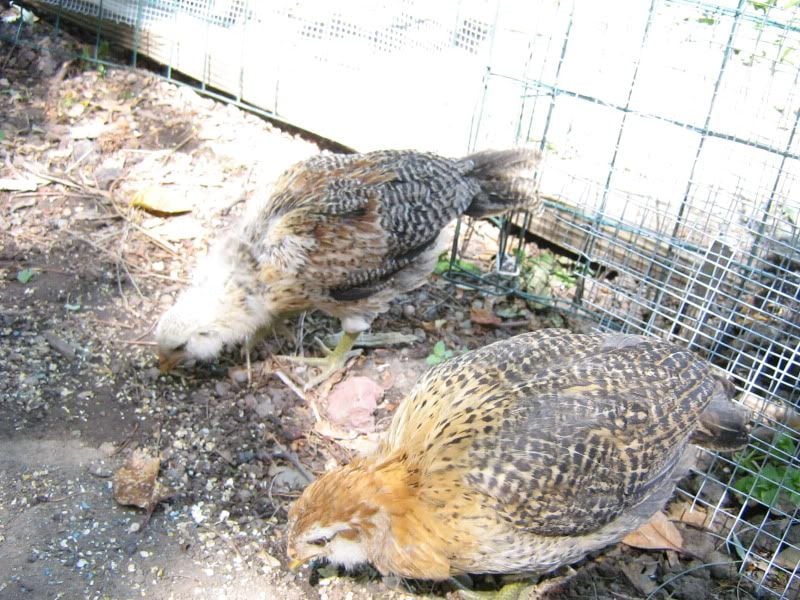
Hope this helps someone! Easter Eggers are hard to sex, and this may not be every case, but it certainly was here and I hope these differences help people tell who is who




I was able to tell my cockerel at around 4-6 weeks old, and here are a few pictures to help.
(Sulo's tail feathers are narrow and upright.)













This is Munk an Easter Egger pullet to compare. Same age, but the feathering in is very different. Sulo's "big boy" feathers came in later then Munk's "big girl" feathers.



Sulo and Munk. (same breed/age just to see the difference)

Hope this helps someone! Easter Eggers are hard to sex, and this may not be every case, but it certainly was here and I hope these differences help people tell who is who


Last edited:

